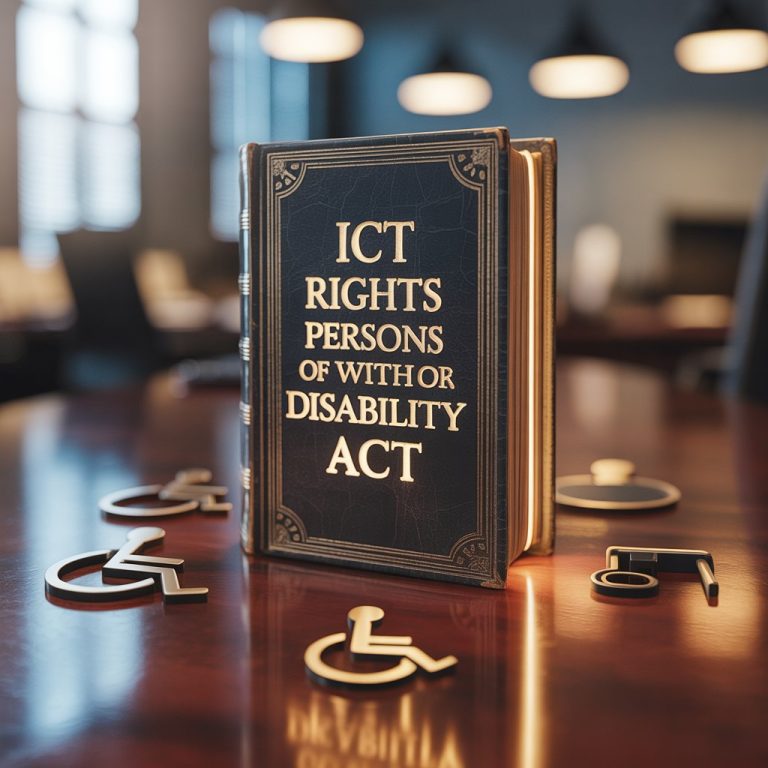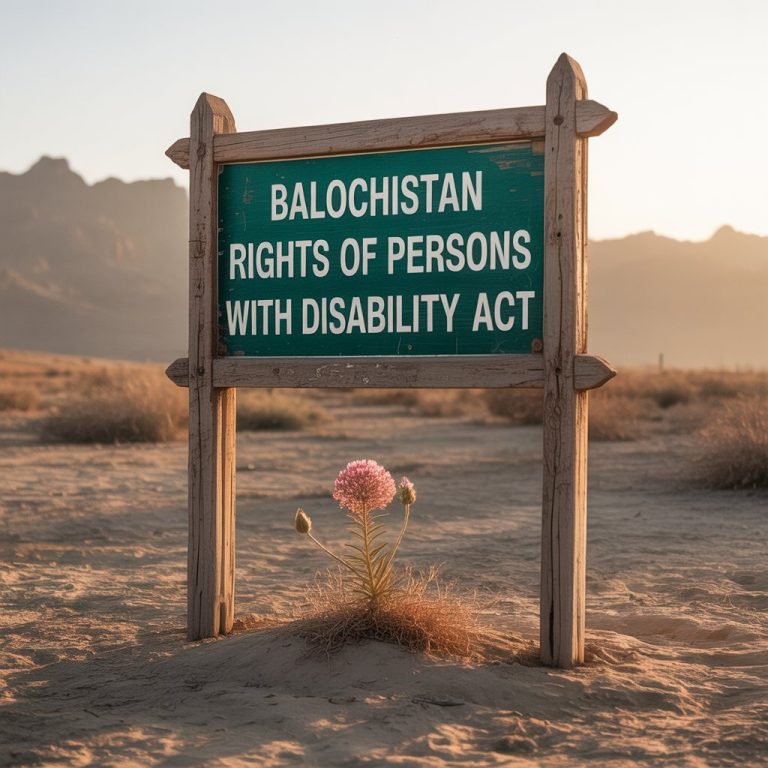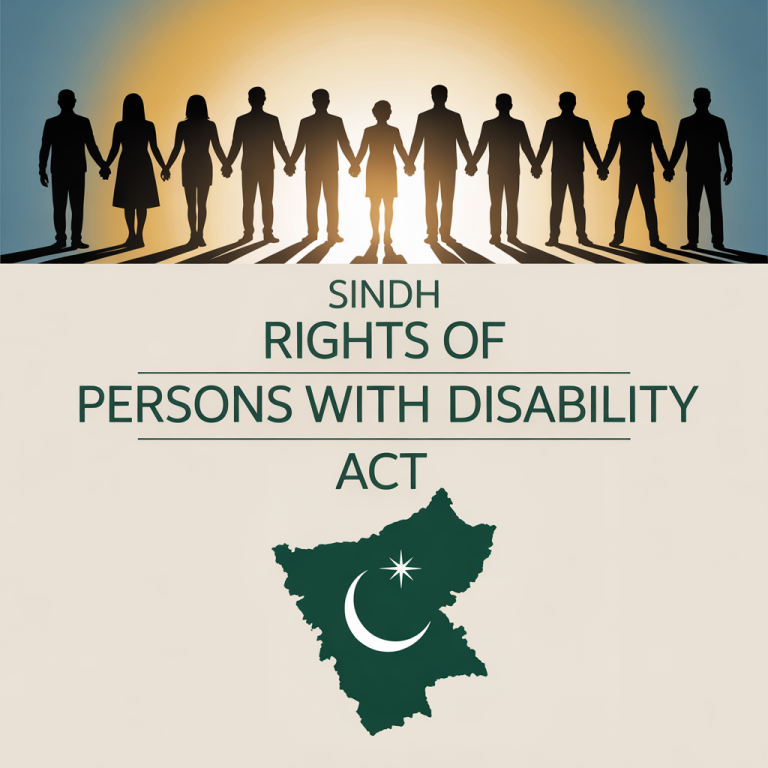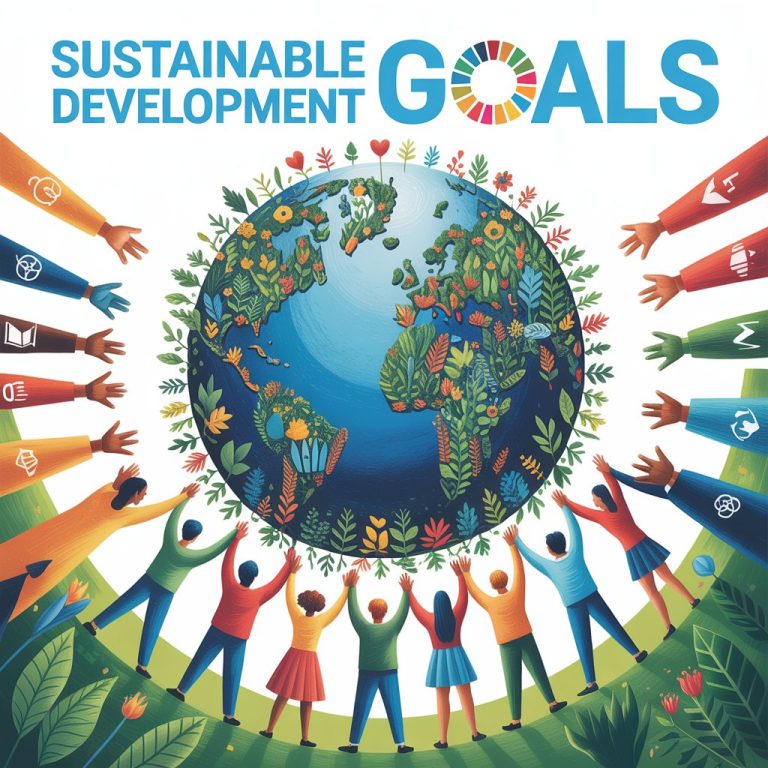UN Convention on the Rights of the Child (UNCRC)
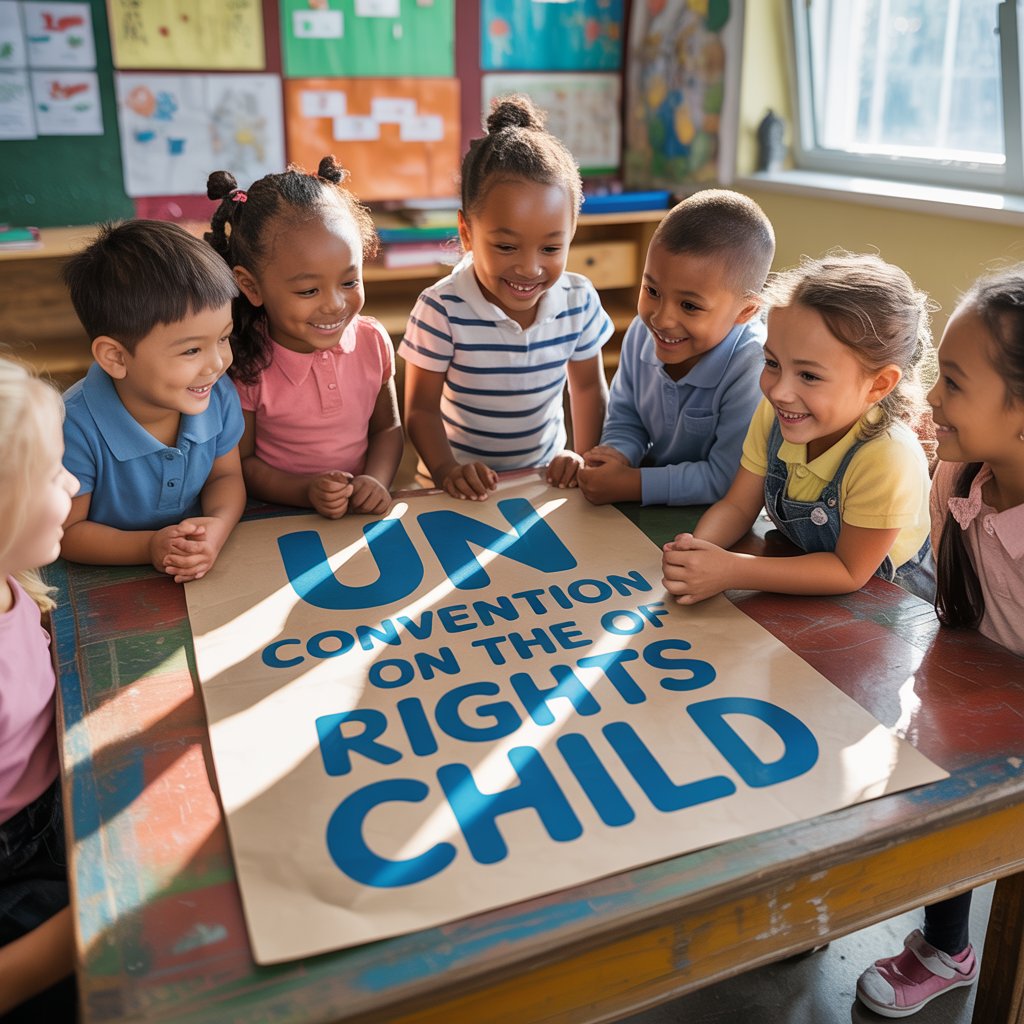
The UN Convention on the Rights of the Child (UNCRC) is the most comprehensive legal framework ever established to protect and promote the rights of children globally. While the uploaded documents are focused on SEO, writing, and content structure from Yoast, they do not include specific content related to the UNCRC. So, here is a concise, informative summary of the UNCRC based on authoritative global sources:
What is the UNCRC?
The United Nations Convention on the Rights of the Child (UNCRC) is an international treaty adopted by the UN General Assembly on 20 November 1989. It entered into force on 2 September 1990 and has been ratified by nearly every country in the world, making it the most widely ratified human rights treaty in history.
Purpose of the UNCRC
The Convention was created to affirm that children (defined as individuals under the age of 18) are not just passive objects of care and charity but independent holders of rights. It aims to ensure that all children enjoy a full range of civil, political, economic, social, and cultural rights.
Core Principles of the UNCRC
The Convention is built on four core principles that underpin all other rights:
- Non-discrimination (Article 2): All rights apply to all children without exception.
- Best interests of the child (Article 3): This principle must be a primary consideration in all actions concerning children.
- Right to life, survival, and development (Article 6): Every child has the inherent right to life and the state must ensure their development.
- Respect for the views of the child (Article 12): Children have the right to express their opinions in all matters affecting them.
Key Rights Covered in the UNCRC
The UNCRC contains 54 articles, and some of the most essential rights include:
- Right to education (Articles 28–29)
- Right to health care (Article 24)
- Right to protection from violence, abuse, and neglect (Article 19)
- Right to family life and care (Articles 5, 9, 18)
- Right to be heard in matters affecting the child (Article 12)
- Protection from child labor and exploitation (Articles 32–36)
- Right to leisure, play, and culture (Article 31)
Monitoring and Implementation
The implementation of the UNCRC is monitored by the UN Committee on the Rights of the Child, which reviews regular reports submitted by state parties. While the Convention is not directly enforceable like domestic law, ratifying countries are expected to adapt their legislation and policies to align with its standards.
Optional Protocols
In addition to the original Convention, there are three Optional Protocols that expand on specific areas:
- Involvement of children in armed conflict
- Sale of children, child prostitution, and child pornography
- Communications procedure (allowing individuals to bring complaints to the Committee)
Impact of the UNCRC
Since its adoption, the UNCRC has significantly shaped laws and policies related to children’s rights. It has:
- Raised global awareness about children as rights holders.
- Influenced child protection systems, juvenile justice reforms, and access to education.
- Promoted inclusive education, especially for children with disabilities.
- Encouraged national governments to collect child-focused data and listen to children’s perspectives in policy-making.
